Re: Magic Beans' Advanced LED Diamond Series 200w VS. 250w HPS - Lemon Skunk Flood Ta
One of the facts I used when I went with HPS was that HID lighting is (or at least was) still the most efficient effective way to convert electricity into light that is available on the market. An HPS bulb produces approximately 140 lumens per watt, and with 1000w lights you get really good penetration.
LED lighting technology seems to be making exponential gains in performance, maybe some day they will out perform HID lighting, but I don't think they are quite there yet.
One of the facts I used when I went with HPS was that HID lighting is (or at least was) still the most efficient effective way to convert electricity into light that is available on the market. An HPS bulb produces approximately 140 lumens per watt, and with 1000w lights you get really good penetration.
LED lighting technology seems to be making exponential gains in performance, maybe some day they will out perform HID lighting, but I don't think they are quite there yet.



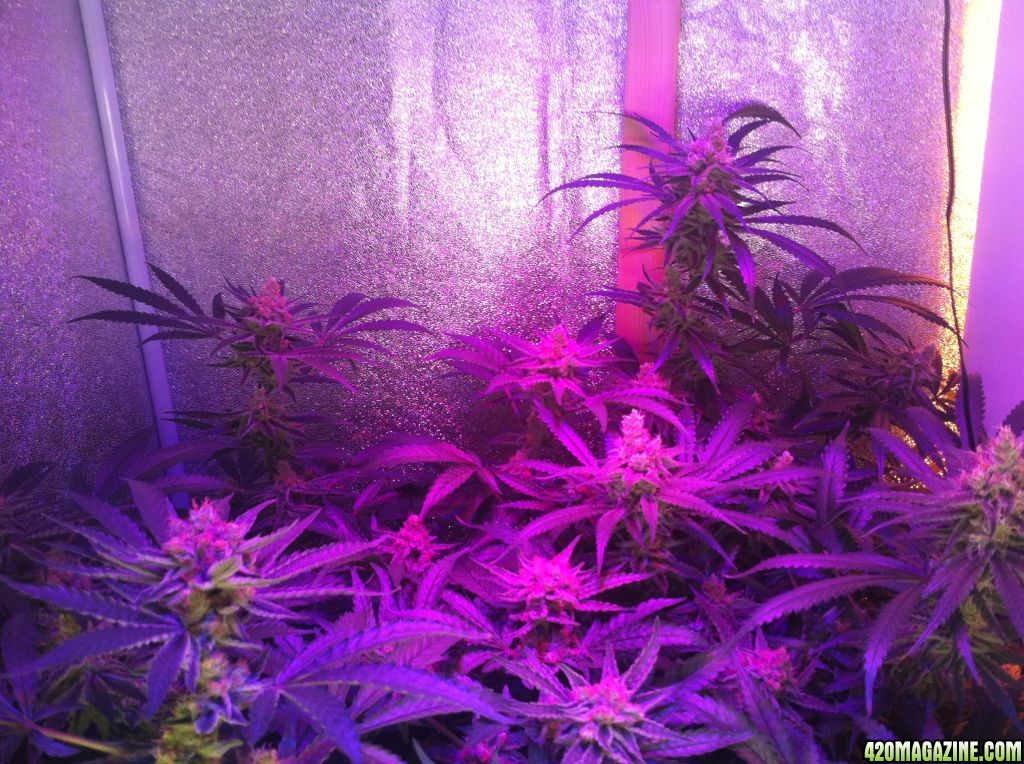
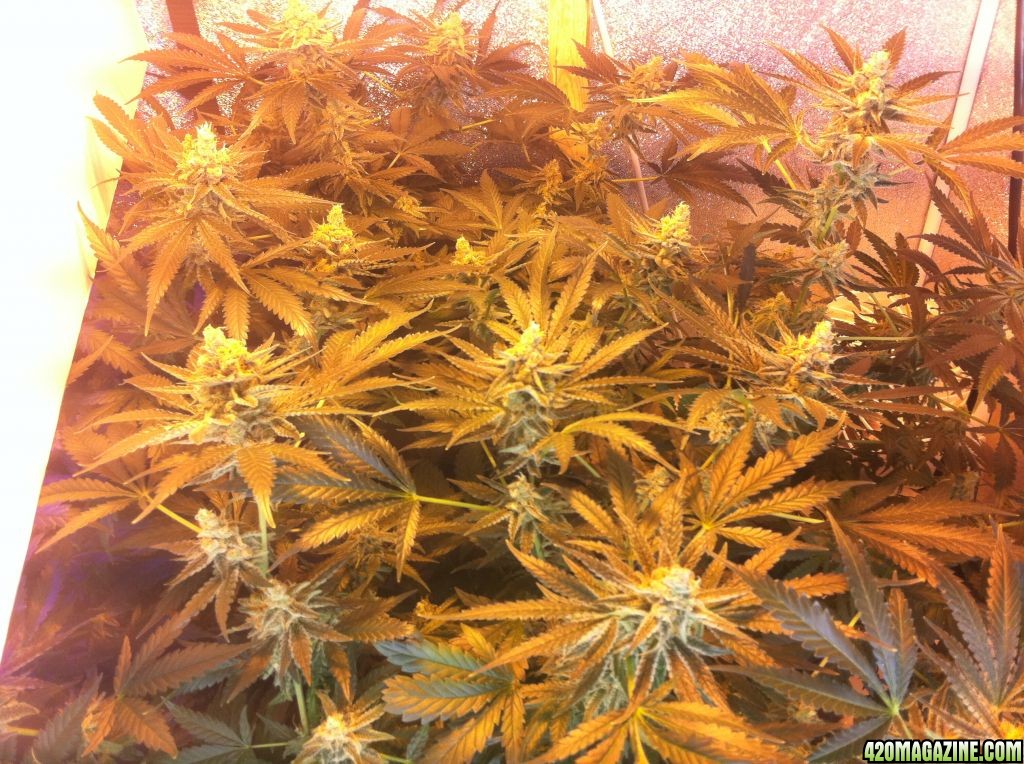
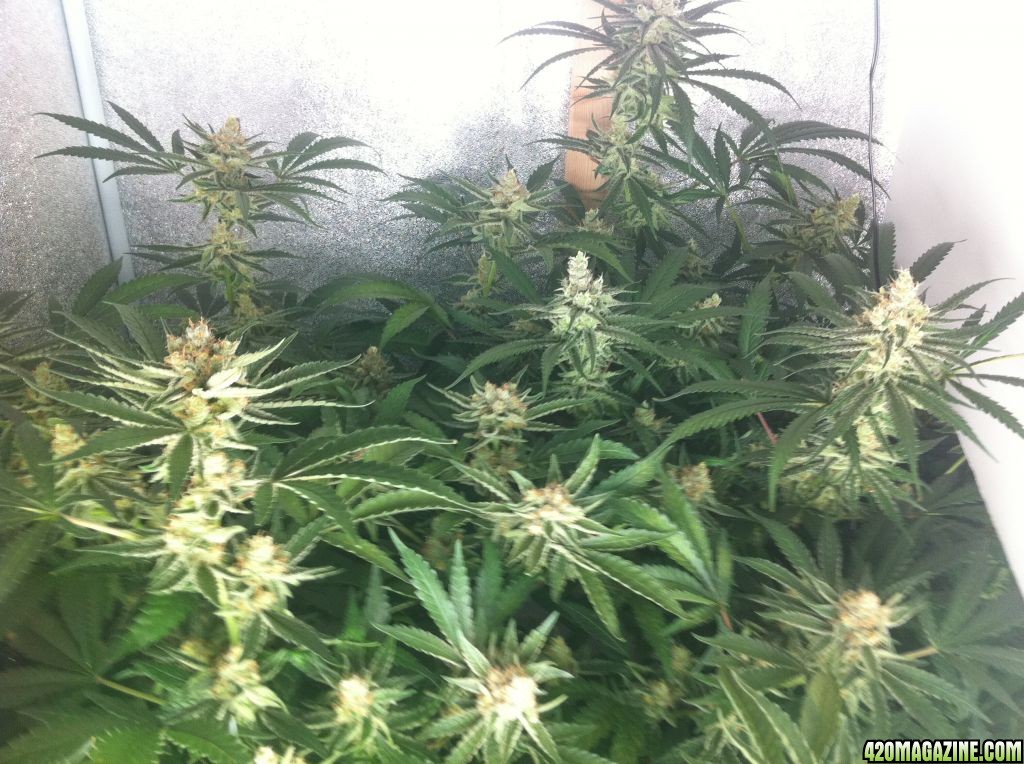
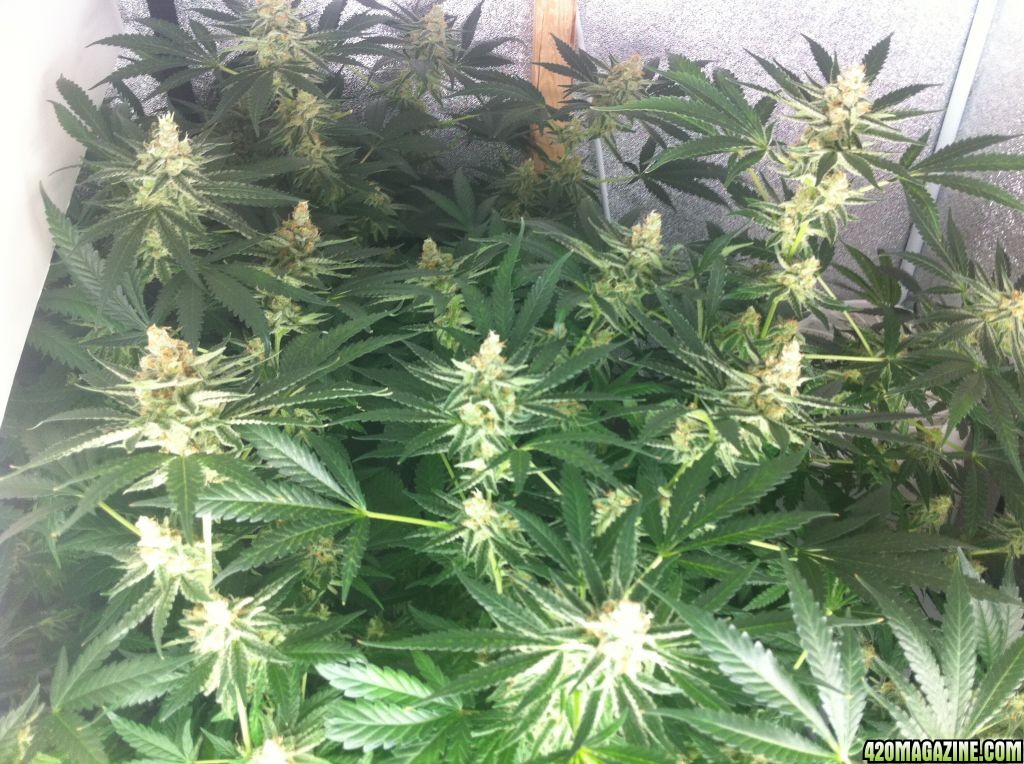
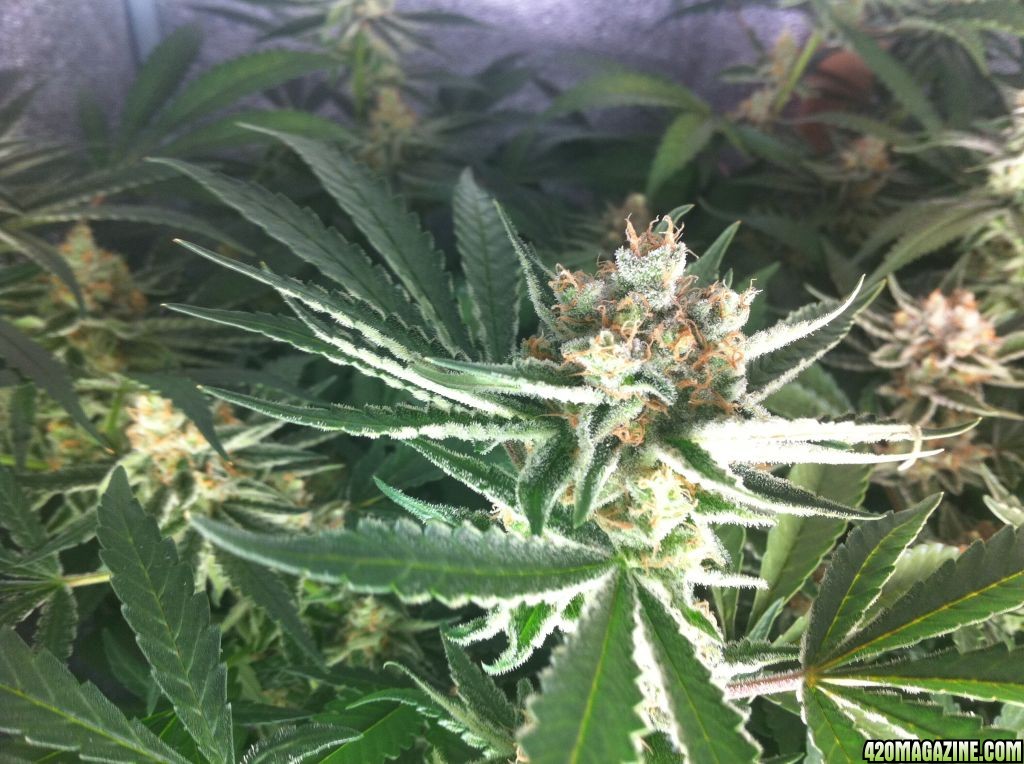
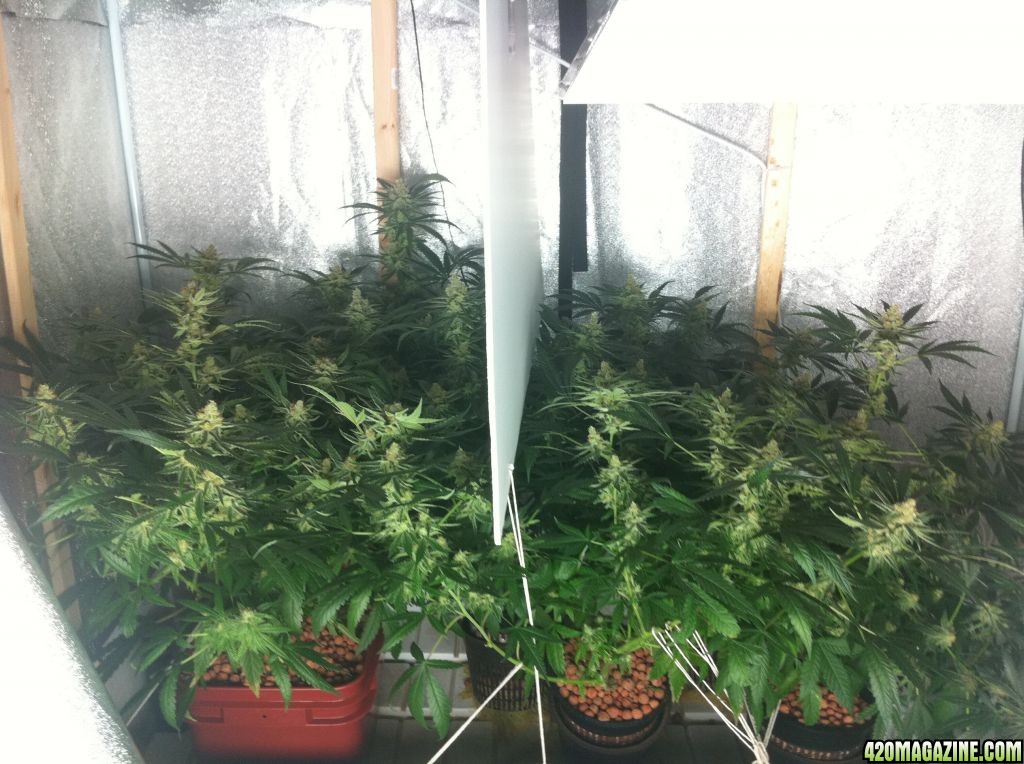
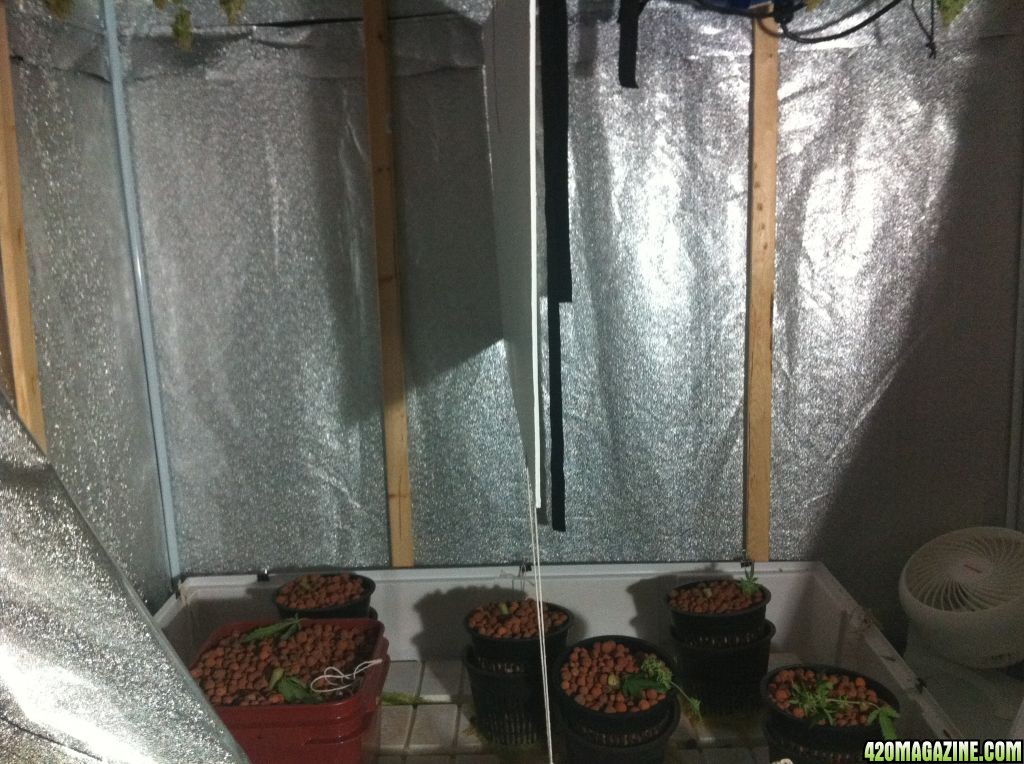
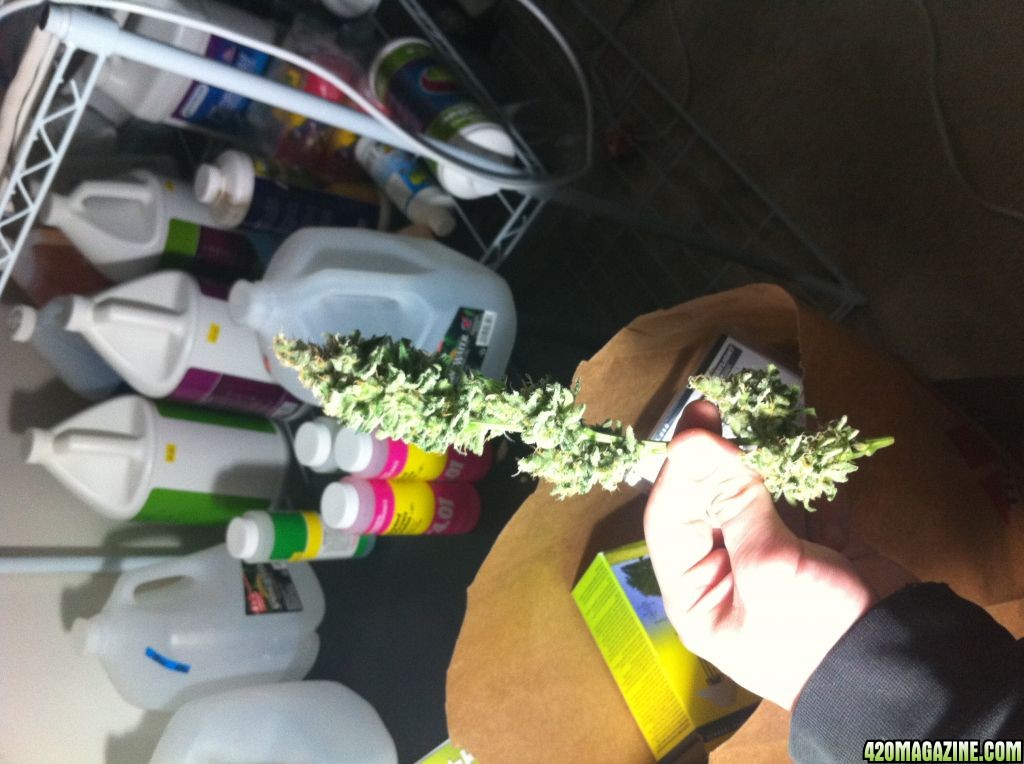
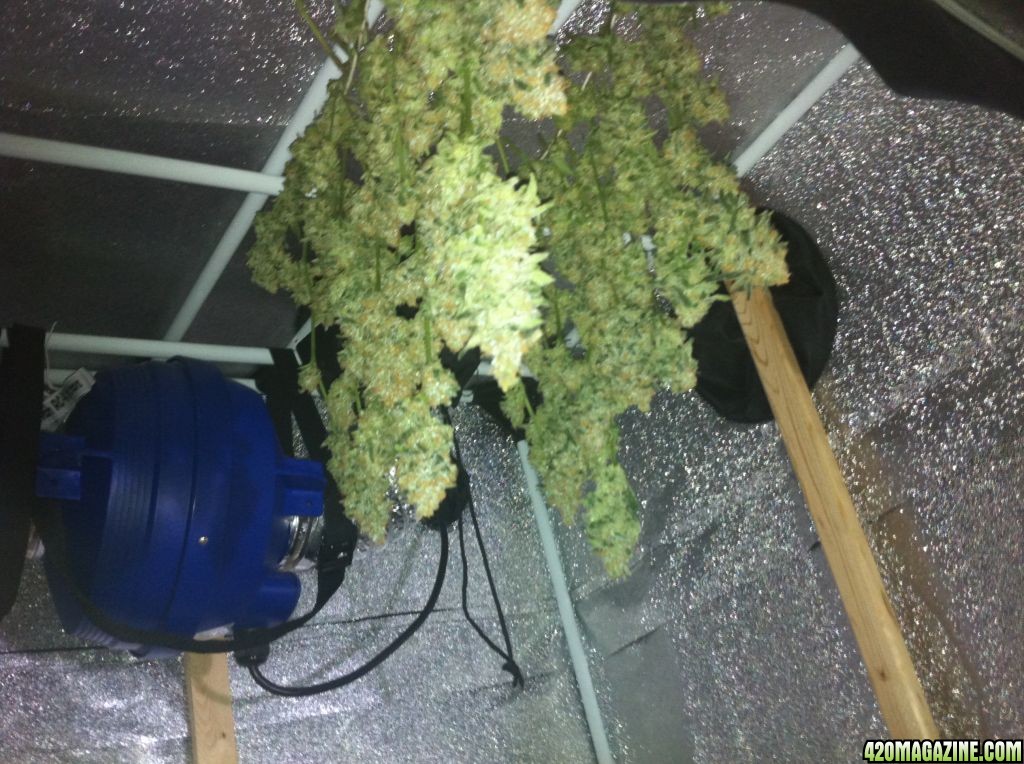
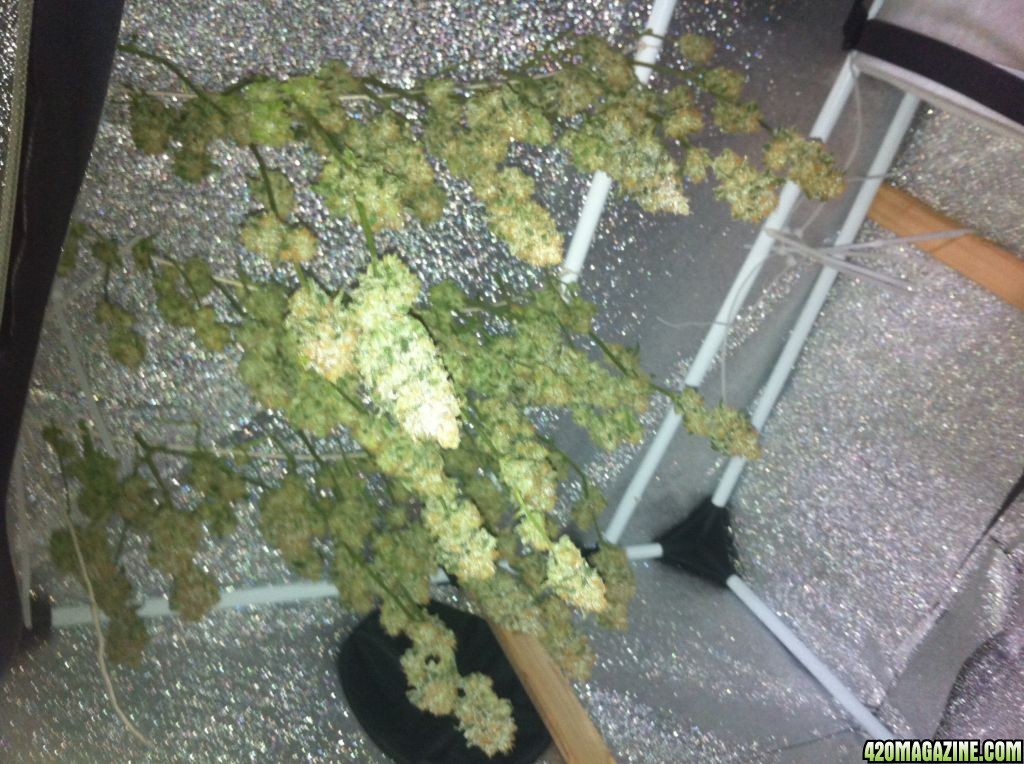




 Enjoy your frost nuggets look forward to seeing more!
Enjoy your frost nuggets look forward to seeing more! 
